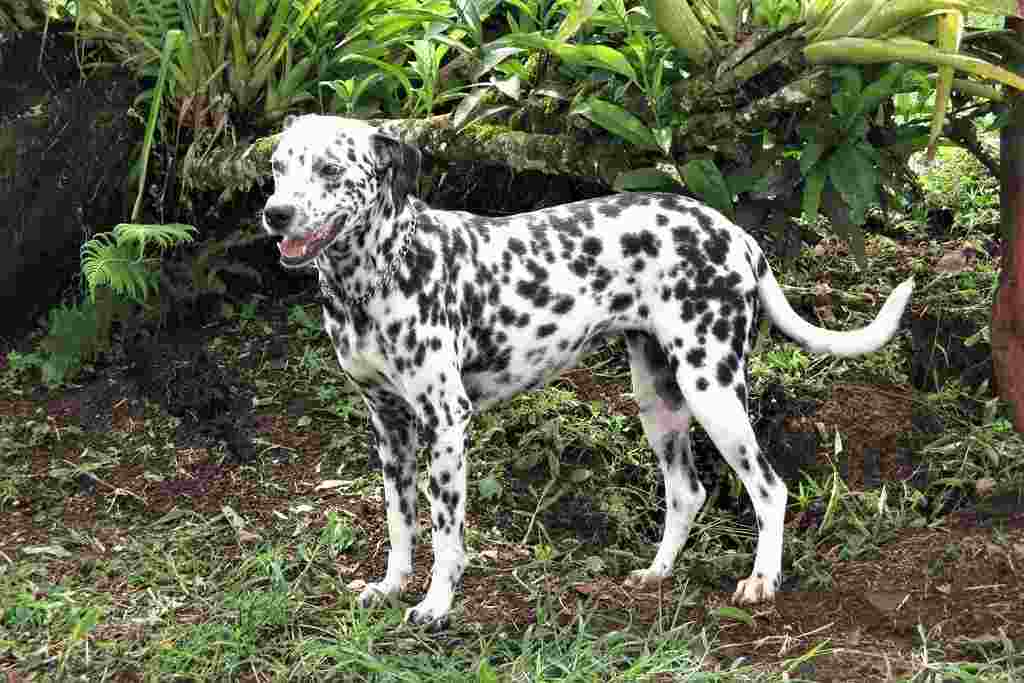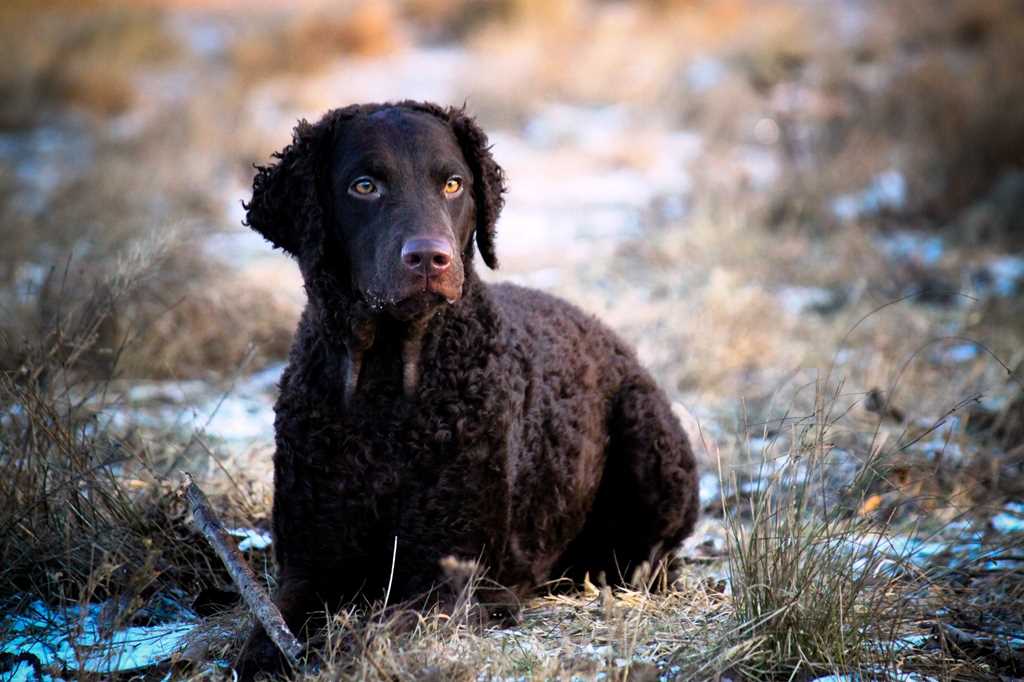The origins of the Dalmatian dog breed are very old and there is nothing certain about its ancestors. It can be found on Greek friezes and plates dating back to 2000 B.C. which depicted white dogs with spots, working with the chariots of ancient Greece, Egypt and Rome. Its name derives from Dalmatia in the former Yugoslavia, which is now Croatia. In fact, the first herd books of the breed were found in Dalmatia.
Later on, we find these dogs painted by Flemish painters in the 17th century as hunting dogs. In fact, this was the Dalmatian’s role at the time. Some dog lovers claim that the ancestor of the Dalmatian is the Bengal hound, others that it belongs to the same family as the harlequin dane, but nothing is certain.
These dogs have been used in wartime as relays, along with border patrols, but also used as shepherd dogs for sheep, for hunting, and even as circus performers.
In the last century, the Dalmatian became very famous for playing the role of Pongo, his companion and 101 Dalmatian puppies in the Walt Disney film, Charge of the 101, followed by sequels, live action and TV series based on the novel of the same name by Dodie Smith.
Dalmatian dog breed character
The Dalmatian is a very festive and jovial dog. It likes to play a lot, and gets along very well with humans and if brought up early also with other animals. He likes to be the centre of attention and to be taken care of by his owner, with whom he is very affectionate and faithful.
It is a somewhat stubborn dog, so it is best not to put it under pressure, as it is very sensitive and may decide to act independently. It is for this reason that the Dalmatian is a rather demanding dog that is not very easy to educate and is therefore not suitable for inexperienced people. It needs a person who has free time to devote to it, as it is very active and needs to release its energy every day with long walks and runs. If confined to the house, the Dalmatian gets bored and can give vent to his stubbornness and can even be destructive with furniture and objects.
They are not particularly fond of contact, especially with strangers from whom they prefer to keep their distance. It must be socialised from an early age to teach it to be in contact with people and other animals in the house and outside.
As already mentioned, it needs to release its energy, which is very high, so it is a good idea to get it to do a whole series of activities such as swimming for dogs, throwing and retrieving; agility dog is also very suitable for the Dalmatian. It learns to do acrobatics very quickly and loves long games.
Appearance of the Dalmatian dog breed
The Dalmatian is a medium to large dog. The height at the withers of a male is between 56 and 62 centimetres and his weight ranges from 27 to 32 kilograms. The female usually weighs a little less.
Its build is well-proportioned, strong, fairly muscular, giving it a powerful but rather elegant and refined appearance. The bones are strong, the limbs muscular. The tail is thicker at the root and then tapers evenly towards the tip. It is usually carried sabre-like, and according to breed standards should have spots like the rest of the body and not be of a uniform white colour. Its walk is athletic.
The skull is flat on top and has a slight roundness on the sides. The muzzle is long and powerful; the truffle is always black in the subjects with black spots, while it is brown in the specimens with liver spots. The ears are fairly wide at the base and narrow towards the rounded tip. They are carried well adherent to the head and also have well distributed rounded spots. The eyes are of medium size, round, bright and shiny and with an intelligent expression. They are usually dark in black spotted subjects and amber in those with liver spots. The contour of the eyes is also black or liver, depending on the colour of the spots.
But what distinguishes the Dalmatian is its coat, which makes it unmistakable. Its coat is short, smooth, shiny and spotted. The basic colour is pure white, with black or liver spots. These spots are found all over the body, including the head and tail. Dalmatian puppies are born with an all-white coat and only after about 14 days do the spots appear.
Health and care of the Dalmatian dog breed
The Dalmatian dog breed is generally in good health and has no particular pathologies. It can develop partial or total deafness to a greater extent than other dogs, and can suffer from kidney stones. It generally has an average life expectancy of around 12 years.
The Dalmatian is a very clean dog and tends to lick its coat very often to cleanse it. It has a fairly copious shedding, but if you apply regular grooming, brushing a couple of times a week to remove dead hair, you will always have a dog with a shiny, clean coat.
As far as its diet is concerned, this must be balanced and controlled as the Dalmatian tends to eat more than it needs, and as already mentioned it needs a lot of movement during the day to discharge all its energy, which is very much so.


